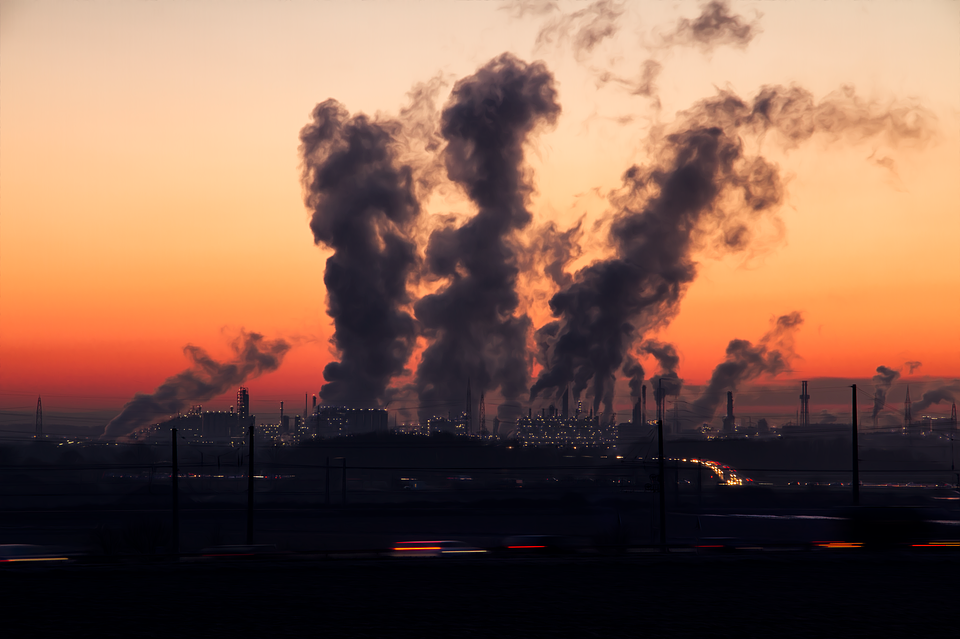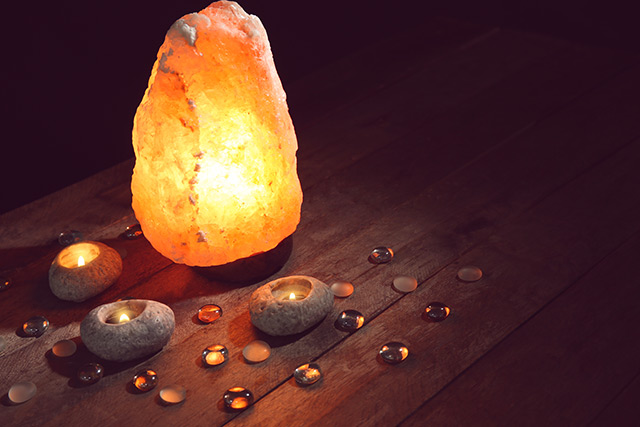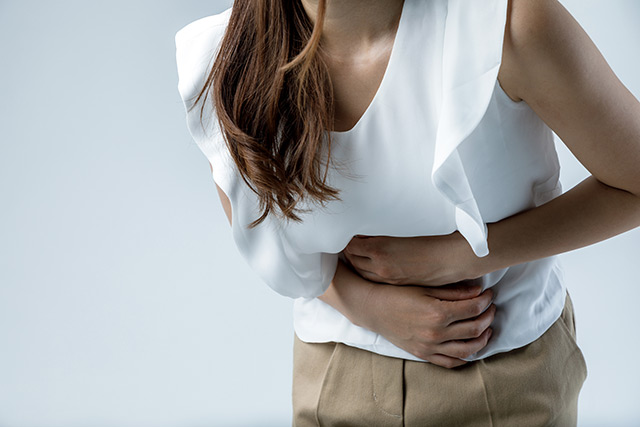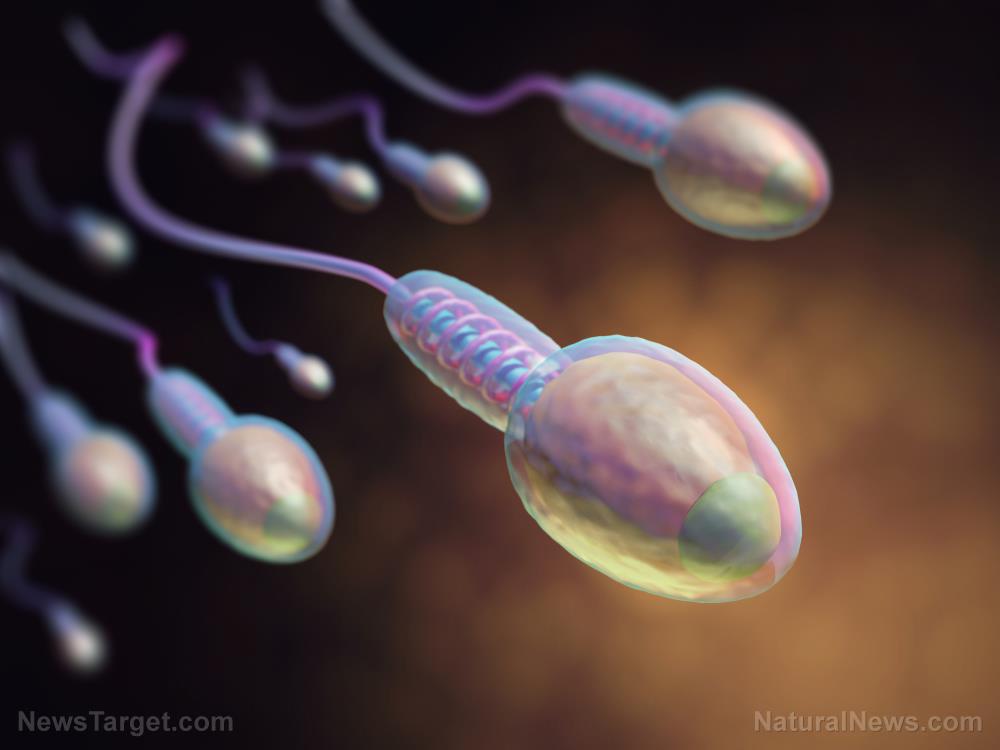Air pollution found to increase risk of bone loss, bone fractures, according to studies
07/30/2018 / By Michelle Simmons

Air pollution can increase the risk of bone loss and bone fractures, according to a study published in the journal The Lancet Planetary Health. The study was carried out by a team of researchers from the U.S. who looked at the relationship between air particulate matter exposure and bone health.
In the first study, the research team examined the association of long-term concentrations of particulate matter less than 2.5 micrometers (?m) or PM2.5; and osteoporosis-related fracture hospital admissions among 9.2 million Medicare enrollees, aged 65 years and above, of the northeast-mid-Atlantic USA, from January 2003 to December 2010.
They estimated the PM2.5 levels with the use of spatiotemporal hybrid modeling, which included Aerosol Optical Depth data, spatial smoothing, and local predictors.
Results in the first study revealed that even a small increase in PM2.5 concentrations would increase the risk of bone fractures in older adults.
The researchers conducted a follow-up study after eight years among 692 middle-aged, low-income adults in the Boston Area Community/Bone Survey cohort. They assessed the link between long-term black carbon and PM2.5 concentrations with serum calcium homeostasis biomarkers and annualized bone mineral density of the study subjects. They measured black carbon levels with the use of spatiotemporal land-use regression models.
In the follow-up study, they found that the study subjects who were living in areas with greater levels of PM2.5 and black carbon, which is a component of air pollution from automotive emissions, had lower levels of parathyroid hormone and higher bone mineral density loss compared to those exposed to lower concentration of the air pollutants. Parathyroid hormone is an essential calcium and bone-related hormone. This means that bone loss and bone fracture were higher in these areas. In addition, black carbon concentration was linked to a higher bone loss in femoral neck and ultradistal radius.
Mother Nature's micronutrient secret: Organic Broccoli Sprout Capsules now available, delivering 280mg of high-density nutrition, including the extraordinary "sulforaphane" and "glucosinolate" nutrients found only in cruciferous healing foods. Every lot laboratory tested. See availability here.
The findings of the study suggest that poor air quality increases the risk of bone fractures and osteoporosis, particularly in low-income communities.
Keeping the bones healthy
Bones are important as they support and enable us to move. They serve as protection for the brain, heart, and other organs from injury. The bones are also responsible for storing minerals such as calcium and phosphorus, which help keep the bones strong and release them into the body when needed for other uses. Bones break down more bone than they put back as people age, and it is normal. Thus, extra care is needed by the bones to keep them healthy and prevent the risk of bone diseases. Among the many bone diseases, osteoporosis is the most common. It makes the bones weak and brittle. The most common bones that break in people with osteoporosis are the wrist, spine, and hip. (Related: Osteoporosis – This Silent Disease Affects More Than Just Older Women.)
Here are some steps on how to make the bones healthier:
- Eat a healthy diet rich in calcium and vitamin D – Foods rich in calcium include low-fat dairy products, such as milk, cheese, and yogurt, tofu, soy milk, green leafy vegetables such as broccoli, Brussels sprouts, mustard greens, and kale, Chinese cabbage, beans, tortillas, sardines, shrimp, orange juice, bread, and nuts. On the other hand, foods rich in vitamin D include egg yolks, saltwater fish, liver, and milk with vitamin D.
- Exercise regularly – Aim to get 30 minutes of exercise daily.
- Have a healthy lifestyle – Avoid smoking and limit alcohol consumption.
- Avoid falling down – Falling down can cause a bone to break.
- Get a bone density test – This can help monitor the health of your bones.
Learn about the other health risks caused by pollution at Pollution.news.
Sources include:
Tagged Under: air quality, black carbon, bone health, bone loss, bone mineral density loss, Fractures, low-income communities, osteoporosis, particulate matter




















